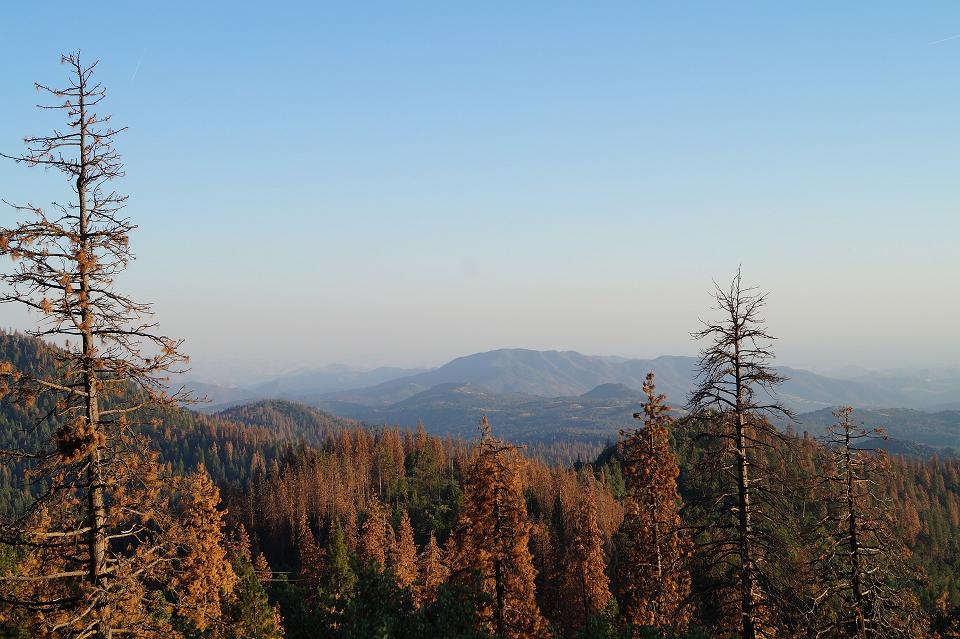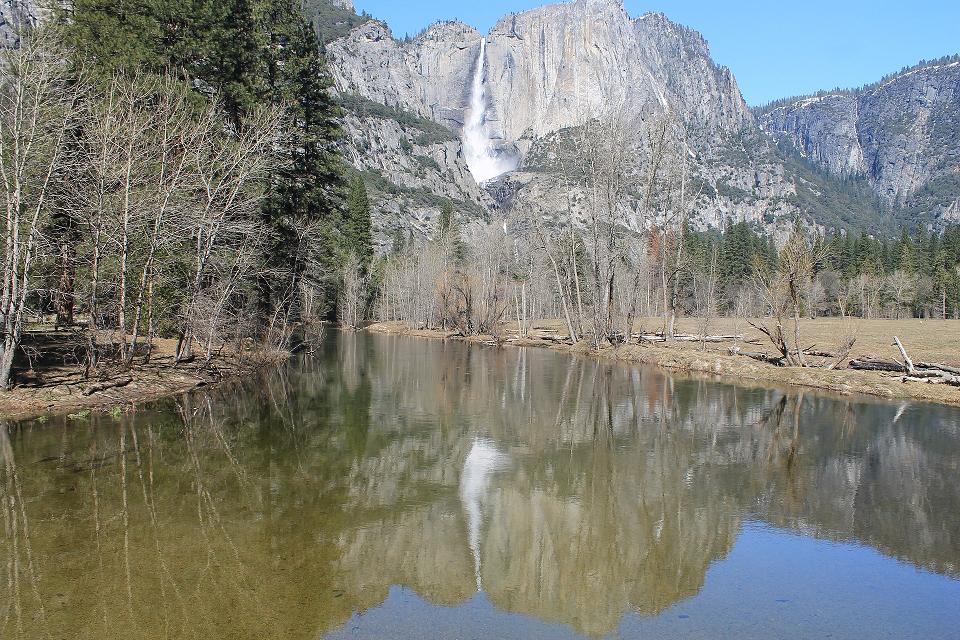The Freedom Valley Chronicles:
Plymouth Meeting Park
And Landscapes Of America
Part One
December 16, 2017
Plymouth Meeting and the Freedom Valley are filled with history – old buildings still in use, roads named after historical figures, and markers acknowledging events of long ago. But one neighborhood in Plymouth Meeting celebrates the landscapes of America – landscapes that are not common in this neck of the woods.
The neighborhood of Plymouth Meeting Park is located between Germantown Pike, Butler Pike, and Chemical Road. Split level homes are common throughout this development built in the 1950’s.
Roadways in the neighborhood highlight aspects of an America that we don’t see in the Freedom Valley.
Blue Ridge Road gets its name from the Blue Ridge Mountains. These mountains range from northern Georgia to a section of Pennsylvania and are part of the Appalachian Mountains. The photograph above shows the sun about to light up the Blue Ridge Mountains in Virginia.
While fans of John Denver think of the Blue Ridge Mountains in West Virginia, you may know of this mountain range if you’ve traveled west on the Pennsylvania Turnpike - you may have noticed that you go through the Blue Mountain Tunnel.
Most of the landscapes highlighted in Plymouth Meeting Park are more Southern and Western in nature. Many of the landscapes are protected by the federal government as national parks.
Yellowstone Road was named after the landmark in the western United States. The photo below shows a geyser at Yellowstone National Park. Notice the rainbow to the right and how blue the sky is in Wyoming.
Kings Road is another street in Plymouth Meeting Park that memorializes a national park - Kings Canyon National Park. The photo above shows some of the old growth forests found in this national park as well as its adjacent sister park, Sequoia National Park.
If you visit either park, the federal government provides recommendations on how to store your food and other items to avoid having your property “borrowed” by the locals.
The locals?
Bears. Lots of bears.
The National Park Service notes that not just food must be properly stored: “…anything with a scent (even if you don’t consider it food) must be stored. This includes garbage, recyclables, soap, shampoo, toothpaste, sunscreen, first-aid kits, baby wipes…” The federal government also notes that bears will break into your car to get food and that bears recognize ice chests and grocery bags, among other storage containers.
Beyond bears, a number of other animals are found in these California locales. Wolverines, for example, are also noted to be residents in these two national parks. Even if you’re a fan of the University of Michigan, you don’t want to tangle with a wolverine (whether that be the X-Man or the largest member of the weasel family).
Kings Canyon National Park is located in the southern part of the Sierra Nevada Mountains, another landscape recognized in Plymouth Meeting Park through Sierra Road. Located chiefly in California – with a portion in Nevada – this mountain range is the site where the California Gold Rush began in 1848. Mount Whitney, the highest peak in the lower 48 contiguous states, is in the Sierra Nevada Mountains. In addition to Kings Canyon and Sequoia National Parks, Yosemite National Park – seen in the photograph above – is also located within this mountain range.
The neighborhood of Plymouth Meeting Park is located between Germantown Pike, Butler Pike,
and Chemical Road. Split level homes are common throughout this community.
While the roads in this housing development are named after mountains and
other landscapes, the neighborhood itself does not
include contain any mesas, bluffs, or peaks.
Tomorrow, we’ll detail the remaining roadways in Plymouth Meeting Park, including Black Hill Road, Boulder Road, Queens Road, Rainer Road, and Shasta Road.
Do you have questions about local history? A street name? A building?
Your questions may be used in a future news article.
Contact Richard McDonough at freedomvalleychronicles@gmail.com.
© 2017 Richard McDonough




